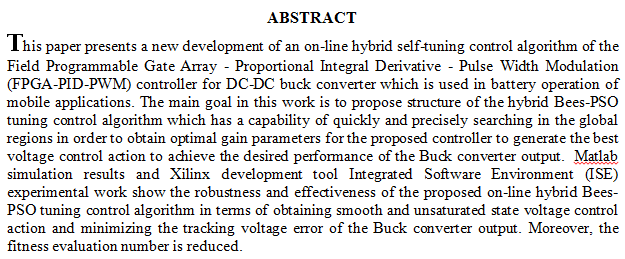
dictates the need to study the cultural aspects of the context and the consequent relations between the person and the objective environment surrounding him, as the philosophical understanding of the role of culture has led to the emergence of new theoretical interpretations of design that are organically linked with the development of society, especially that the development of the human environment philosophically and culturally is linked to the philosophical perception of its role in Culture as a precondition for new theoretical interpretations of design.
From the above, this problem can be studied by defining the following question (What are the implications of the cultural context in graphic design)?
The research included
The present calculation covers the building shield during irradiation process and under water storage of three milion curries Cobalt-60 radiation source the calculation results in design requirement of 8m depth of water in the source stoeage pool
 (2)
(2)
 (2)
(2)
In this paper, an Anti-Disturbance Compensator is suggested for the stabilization of a 6-DoF quadrotor Unmanned Aerial vehicle (UAV) system, namely, the Improved Active Disturbance Rejection Control (IADRC). The proposed Control Scheme rejects the disturbances subjected to this system and eliminates the effect of the uncertainties that the quadrotor system exhibits. The complete nonlinear mathematical model of the 6-DoF quadrotor UAV system has been used to design the four ADRCs units for the attitude and altitude stabilization. Stability analysis has been demonstrated for the Linear Extended State Observer (LESO) of each IADRC unit and the overall closed-loop system using Hurwitz stability criterion. A minimization to a
... Show More (12)
(12)
A new modified differential evolution algorithm DE-BEA, is proposed to improve the reliability of the standard DE/current-to-rand/1/bin by implementing a new mutation scheme inspired by the bacterial evolutionary algorithm (BEA). The crossover and the selection schemes of the DE method are also modified to fit the new DE-BEA mechanism. The new scheme diversifies the population by applying to all the individuals a segment based scheme that generates multiple copies (clones) from each individual one-by-one and applies the BEA segment-wise mechanism. These new steps are embedded in the DE/current-to-rand/bin scheme. The performance of the new algorithm has been compared with several DE variants over eighteen benchmark functions including sever
... Show More (3)
(3)
 (2)
(2)
The tourism activity is one of the pillars on which the economy of any country is based , the importance of the tourism sector is reflected in its potential to become an effective development alternative in many countries, especially Iraq ,this has a direct impact on the national economy as an important source in attracting hard currency and eliminating unemployment. Adding the Iraqi Marshlands to the list of effects makes it contribute to diversification of sources of income and stimulating rest of the economic sectors, the potentials and qualifications possessed by Iraq in the field of tourism and monuments have a significant impact on the state budget if they were exploited optimally. The research aims at identifying the contr
... Show More (1)
(1)
Al- belenoby , Andalusian obscure poet .I choose to study poetic rhythm in this poetic and the appropriateness of with what rhythm touring in his self to give beautiful meaning raise to receiver to put the hands of continental placements creativity in poetry .I divided my research into ideas are presented in a sequential manner , I started researching with poetic rhyme than rhyme they represent the form of the poem, they represent the external form of the poem and their music that farm the general concept then the rhetorical styles that represent the internal form of the poem and it music that the listener works and enjoying it part by part all this led to the put the hands of the receiver placement creativity in Belenoby Poet.&nbs
... Show MoreActive Magnetic Bearings (AMBs) are progressively being implemented in a wide variety of applications. Their exclusive appealing features make them suitable for solving traditional rotor-bearing problems using novel design approaches for rotating machinery. In this paper, a linearized uncertain model of AMBs is utilized to develop a nonlinear sliding mode controller based on Lyapunov function for the electromechanical system. The controller requires measurements of the rotor displacements and their derivatives. Since the control law is discontinuous, the proposed controller can achieve a finite time regulation but with the drawback of the chattering problem. To reduce the effect of this problem, the gain of the uni
... Show MoreAbstract
This research aims to measure the effect of Self competency of the Managers in their behavior from the view point of the working individual in the organization since the behavior of managers is considered to be one of the essential variables in the organization which can affect the performance and the commitment of the working individual. the questioners was used to gather the data and the Iraqi Rail Road co. was the field of the study . and a random sample of (36) individual of the subordinates of the managers society of the study and used the (SPSS) statistical program was used in the analysis of the data of the research . the findings refer to the existence of a
... Show More (25)
(25)
 (21)
(21)
